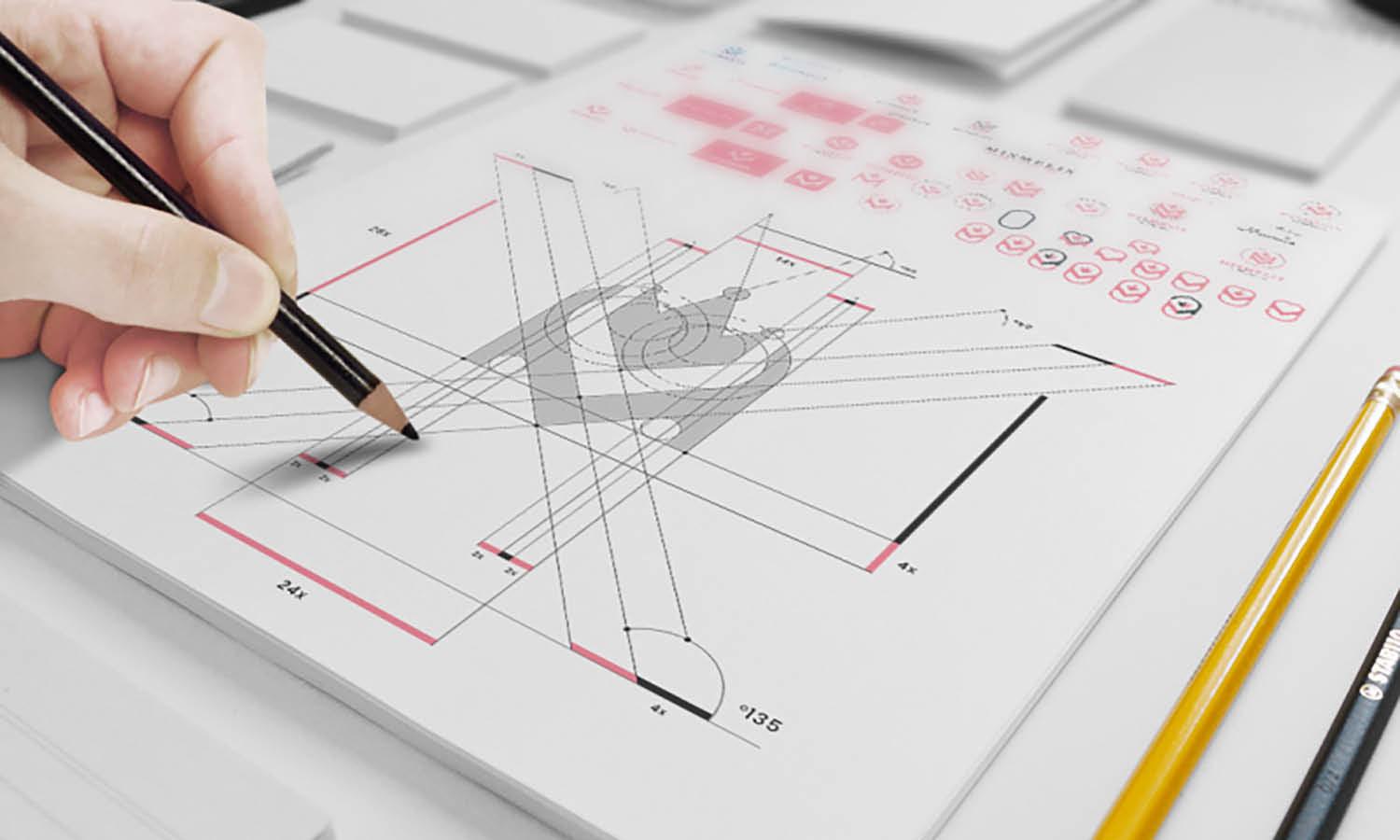Trench Digging for Utilities: Making it Easy with a Mini Excavator

Digging trenches for utilities is a crucial step in installing water lines, gas pipes, electrical cables, and drainage systems. Traditionally, trenching has been a labor-intensive process requiring significant manpower and time. However, with the right equipment, such as a mini excavator, the process becomes faster, more efficient, and less physically demanding. In this guide, we’ll explore how a mini excavator simplifies utility trenching and the best practices to ensure a smooth operation.
Why Use a Mini Excavator for Trench Digging?
Here are some of the reasons:
Efficiency
A mini excavator significantly speeds up the trenching process compared to manual digging. It can complete a trench in a fraction of the time it would take with shovels or even larger machinery that requires more setup.
Cost-Effectiveness
Using a mini excavator reduces labor costs and improves productivity. With a single operator, you can complete jobs that would otherwise require multiple workers, saving both time and money.
Versatility
A mini excavator, which can also be used as a mini digger, is designed to handle different types of soil and terrain. Whether you’re working in a backyard, alongside a road, or in a construction site, a mini excavator offers excellent maneuverability.
Compact Size
Unlike larger excavators, mini excavators can easily navigate tight spaces, making them ideal for residential and urban utility projects where access is limited.
Step-by-Step Guide to Digging a Utility Trench with a Mini Excavator
Here are essential steps to follow:
1. Planning and Preparation
Before you begin digging, take the following steps:
- Mark the trench line clearly using stakes, flags, or chalk.
- Check for underground utilities by contacting your local utility company to avoid damaging existing lines.
- Obtain necessary permits to ensure compliance with local regulations.
2. Choosing the Right Mini Excavator and Attachments
- Select a mini excavator, such as a high-quality AHM min excavator, with the appropriate size and power based on the depth and width of the trench.
- Use a narrow trenching bucket for precise and deep trenches.
- Consider mini excavator attachments like hydraulic thumbs for better control when handling materials.
3. Setting Up the Excavator
- Position the machine at the starting point of the trench.
- Ensure the tracks are stable and on solid ground.
- Check hydraulic systems and other safety features before operation.
4. Digging the Trench Efficiently
- Start with a slow, steady motion to maintain control.
- Dig in small increments to prevent collapsing edges.
- Adjust the boom and stick to maintain a consistent depth.
- If working in soft soil, consider reinforcing the trench walls to prevent cave-ins.
5. Backfilling and Finishing the Job
- Once the utility lines are in place, carefully backfill the trench with appropriate material.
- Use a compactor or the excavator’s blade to ensure stability and prevent future settling.
- Restore the surface to its original condition if required.
Safety Tips for Trenching with a Mini Excavator
- Always wear proper protective gear, including a helmet and gloves.
- Never operate the excavator without proper training.
- Keep bystanders away from the work area.
- Regularly inspect the excavator to ensure it’s in good working condition.
Following a step-by-step approach to trench digging with a mini excavator ensures a safer, more efficient process that meets project requirements and avoids costly mistakes.
Conclusion
Trenching for utilities is much easier and more efficient with a mini excavator. By following the right procedures—from planning and selecting the right equipment to executing the dig and backfilling properly—you can achieve a successful trenching operation. Whether you’re a contractor or a DIY homeowner, using a mini excavator ensures a faster, safer, and more precise way to get the job done.















